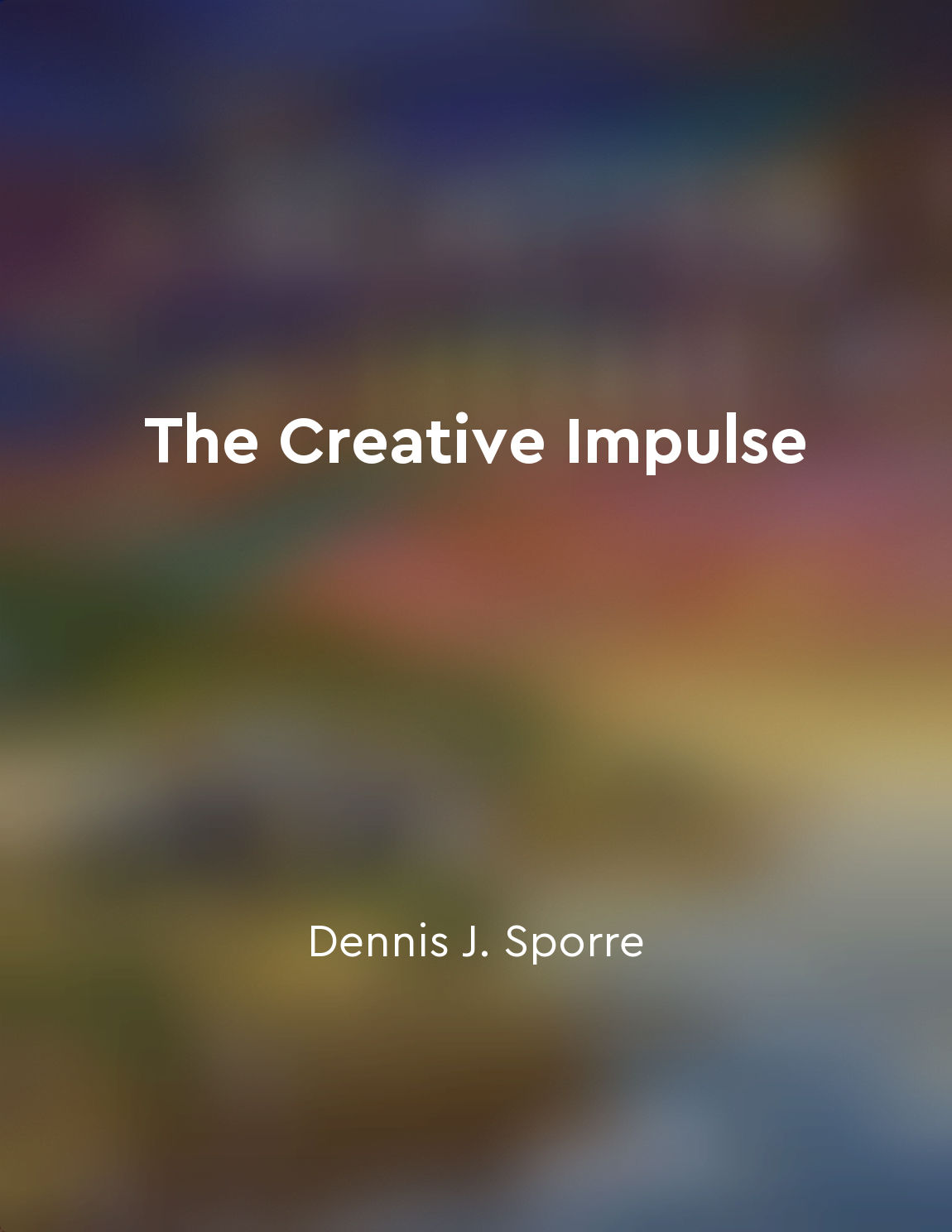The framework of Indian Aesthetics from "summary" of A Modern Introduction to Indian Aesthetic Theory by Surendra Sheodas Barlingay
The framework of Indian Aesthetics is a comprehensive system that encompasses various aspects of art, beauty, and creativity. It provides a structured approach to understanding the nature of aesthetics in the Indian cultural context. This framework is rooted in ancient Indian texts and philosophical traditions, which have shaped the way aesthetics are perceived and appreciated in Indian society. One of the key elements of the Indian Aesthetics framework is the concept of rasa, which refers to the emotional essence or sentiment evoked by a work of art. Rasa is considered to be the ultimate goal of artistic expression, as it aims to create a profound emotional experience for the audience. The theory of rasa is central to Indian Aesthetics, and it provides a unique perspective on the role of art in evoking emotional responses. Another important aspect of the Indian Aesthetics framework is the concept of bhava, which refers to the inner emotional state or mood that is expressed through artistic expression. Bhava is closely related to rasa, as it serves as the foundation for creating the emotional resonance that is essential for experiencing rasa. By focusing on the expression of bhava, artists are able to evoke specific emotions and moods in their audience, thereby creating a meaningful and impactful artistic experience. In addition to rasa and bhava, the Indian Aesthetics framework also includes the concept of dhvani, which refers to the suggestive power of language and sound in evoking emotional responses. Dhvani plays a crucial role in poetry, music, and other forms of artistic expression, as it allows artists to convey deeper meanings and evoke subtle emotions through the use of language and sound. By harnessing the power of dhvani, artists are able to create rich and nuanced artistic experiences that resonate with their audience on a profound level.- The framework of Indian Aesthetics offers a holistic approach to understanding the nature of art and beauty in Indian culture. By exploring concepts such as rasa, bhava, and dhvani, we are able to gain a deeper appreciation for the complexities of artistic expression and the ways in which art can evoke powerful emotional responses. Through this framework, we are able to delve into the rich tapestry of Indian aesthetics and gain a greater understanding of the role that art plays in shaping our perceptions and experiences.
Similar Posts
The perception of beauty is inherently subjective
The perception of beauty is a subjective experience that varies from person to person. What one individual finds beautiful, ano...

The creative process involves exploration and experimentation
The creative process is an inherently dynamic and fluid journey that requires open-mindedness and a willingness to explore new ...
The perception of beauty can be transformative
Beauty has the power to transform the soul and elevate the mind to higher realms of existence. When we are confronted with some...

The relationship between Bhava and Rasa
Bhava, the inner state or mood, and Rasa, the aesthetic experience or emotion, are two fundamental concepts in Indian Aesthetic...

The relevance of Rasa theory in modern art practices
Rasa theory, a fundamental concept in Indian aesthetic theory, is highly relevant in modern art practices. This theory explores...
Memories can be triggered by art
In the world of art, there is a powerful connection between what we see and what we remember. When we view a piece of art, whet...

The role of the audience in experiencing Rasa
The concept of the role of the audience in experiencing Rasa is a fundamental aspect of Indian Aesthetic Theory. Rasa, as an ae...
Aesthetic experiences can enrich our lives in profound ways
Aesthetic experiences hold the power to elevate our lives to new heights, offering a source of profound enrichment that transce...

